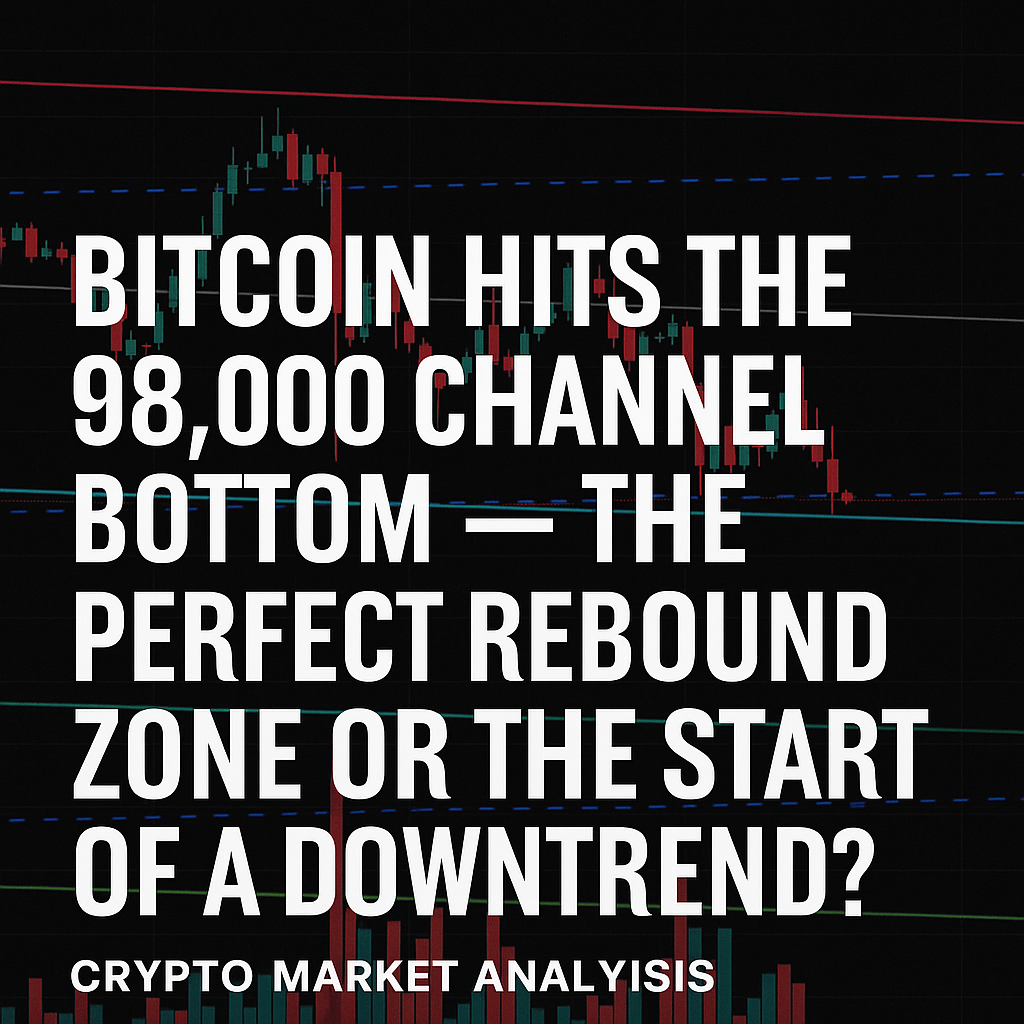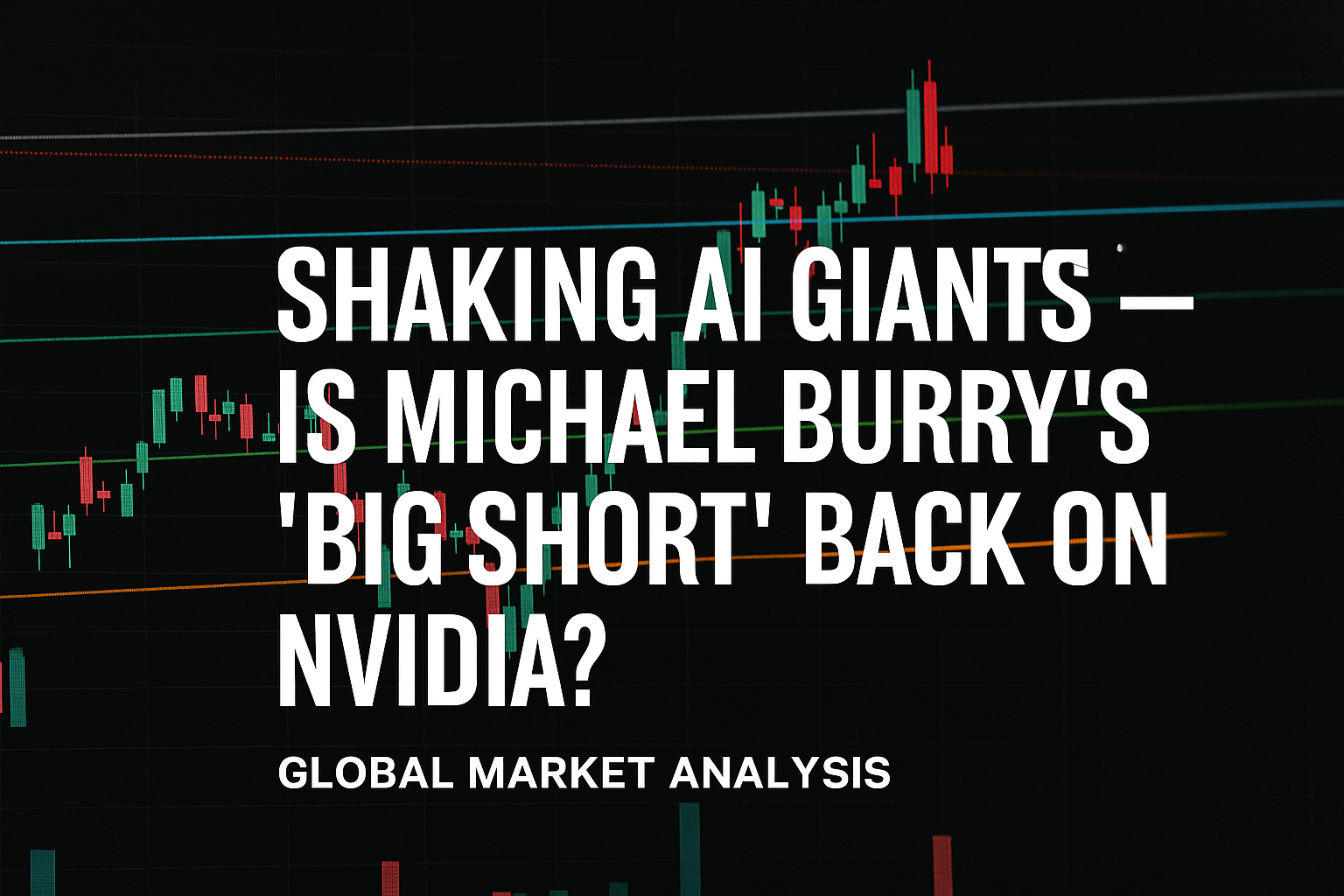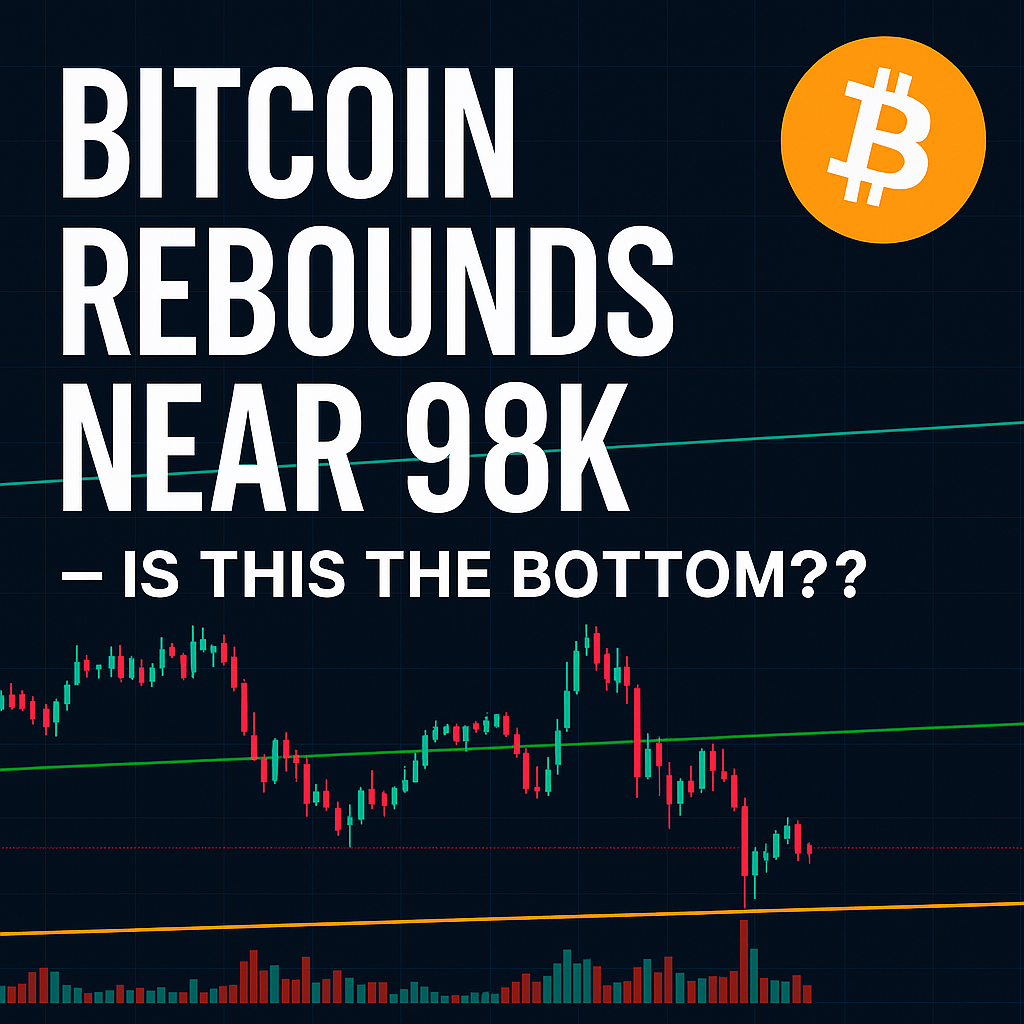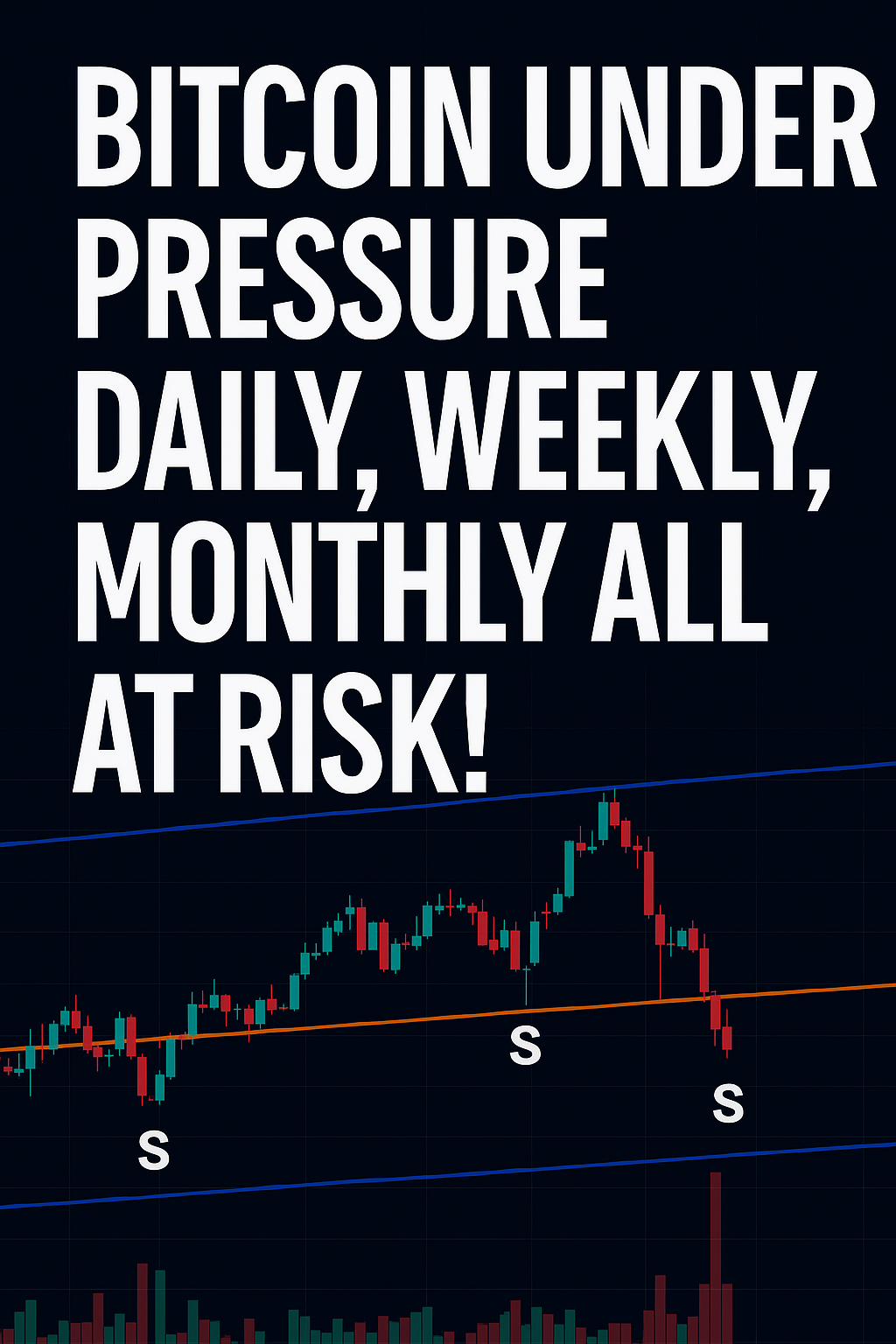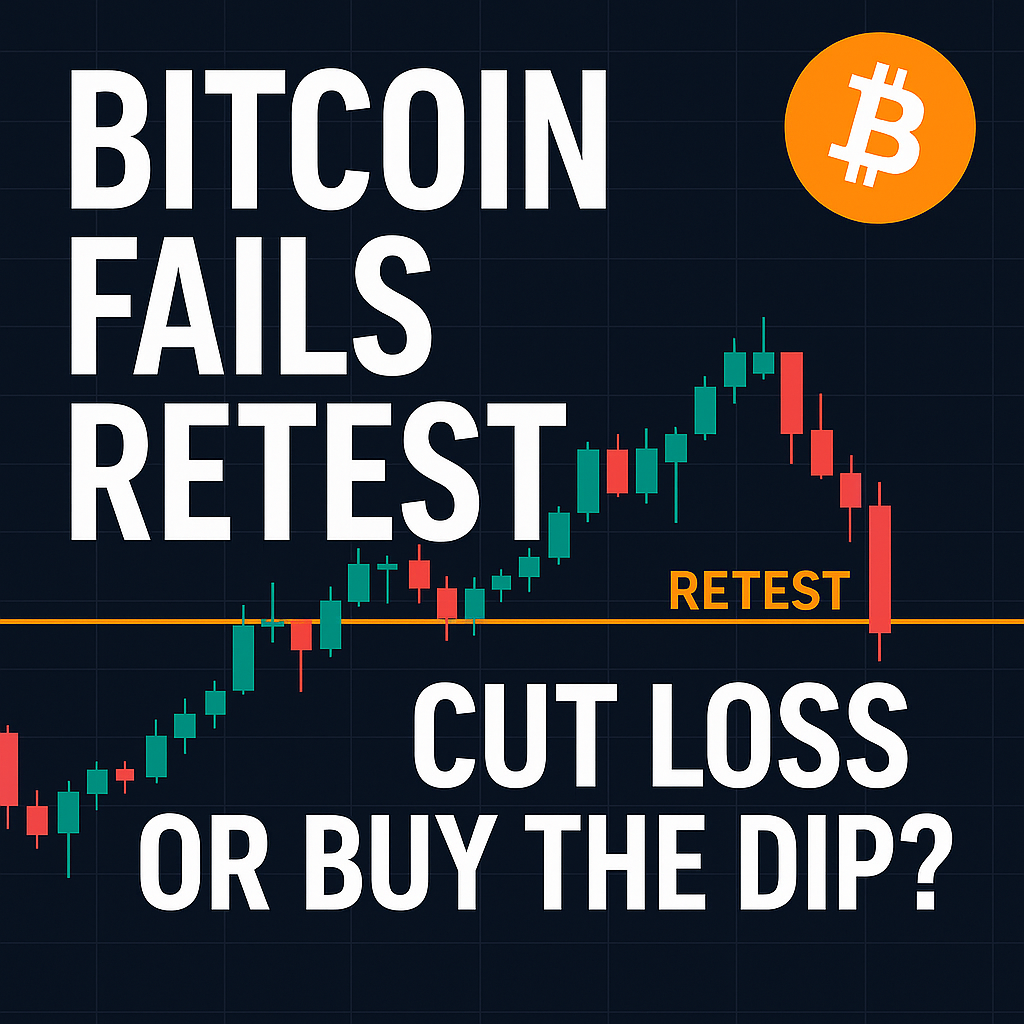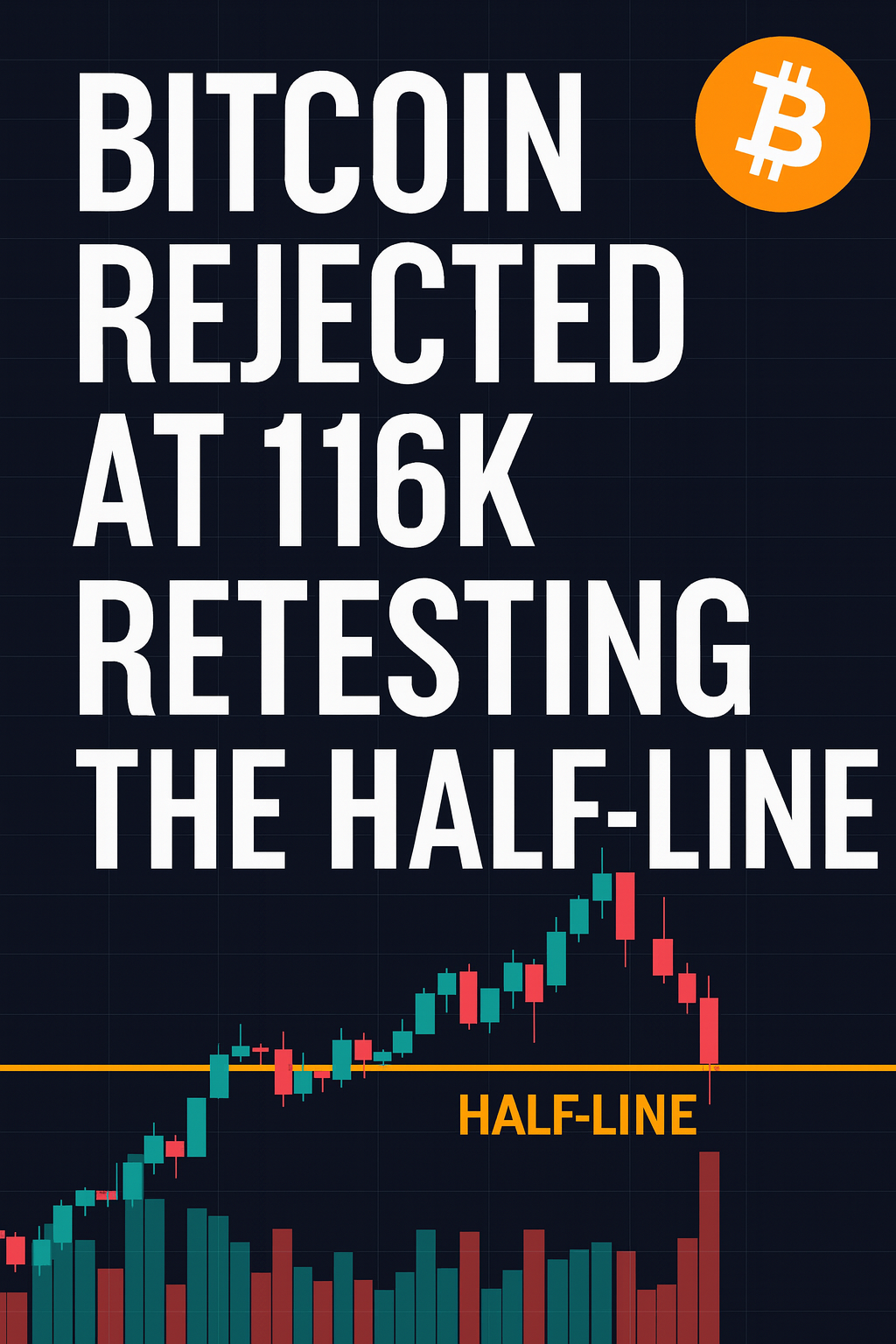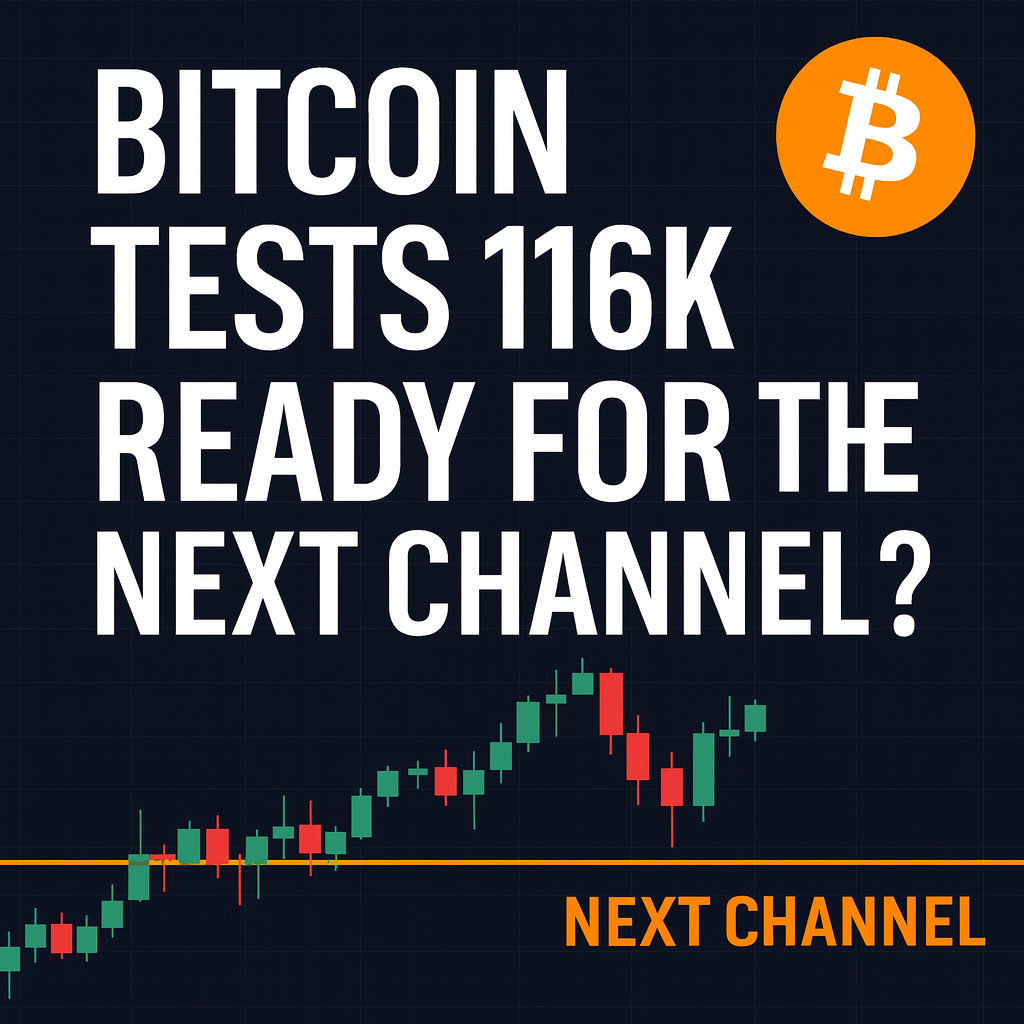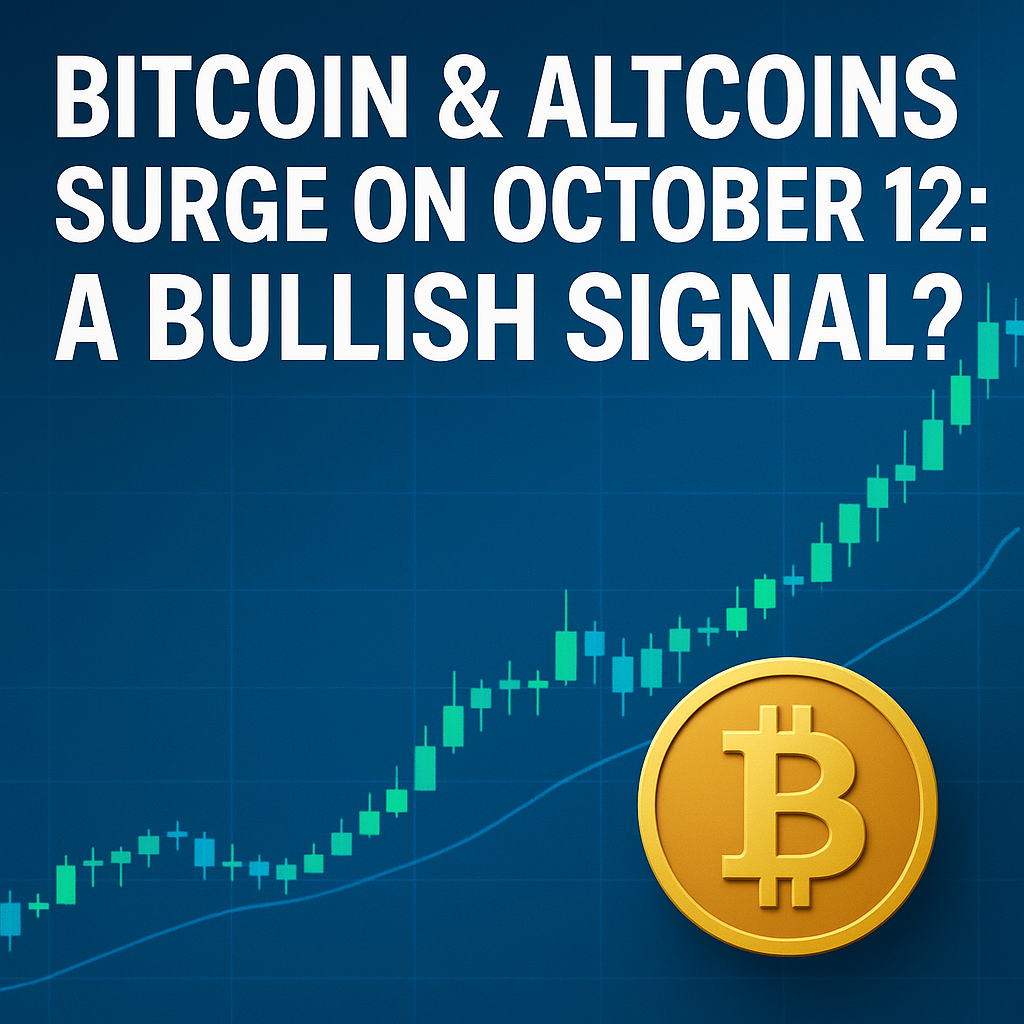
Ⅰ. Recovery Amid Fear
Despite the Extreme Fear reading of 38 on the Crypto Fear & Greed Index, the crypto market has staged a surprisingly strong rebound. Only days ago, a massive liquidation wiped out more than $18 billion in leveraged positions, shaking even the most confident traders. Yet, within less than a week, the overall market sentiment has reversed from panic to cautious optimism.
The catalyst behind this unexpected strength lies not only in technical factors but also in macro geopolitics. While tensions between the United States and China reached new extremes with renewed tariff announcements, U.S. President Donald Trump’s reassuring statement on social media—“China and I will work things out just fine”—appeared to reignite confidence across global risk assets.
As a result, Bitcoin (BTC) and major altcoins such as Ethereum (ETH), Solana (SOL), BNB, and Chainlink (LINK) have entered a decisive rebound phase. But is this a sustainable recovery, or merely a technical relief rally before another correction?
Ⅱ. Two Competing Perspectives
1. Long (Bullish) Perspective: The Correction Was Necessary
From a bullish viewpoint, the current rebound marks the natural continuation of a broader uptrend rather than a structural collapse. Analysts argue that the recent drop merely reset excessive leverage and provided the liquidity needed for a healthier market foundation.
Over 90% of long positions were liquidated during last week’s crash, effectively clearing the market of over-extended traders. With such positions flushed out, short sellers may now be exposed to potential short squeezes that could rapidly propel prices higher.
Technically, Bitcoin remains above its mid-term ascending channel, and as long as it sustains support around $108,000–$110,000, the structural bullish narrative holds. On-chain data also supports this scenario: exchange outflows are rising while long-term holders continue to accumulate, suggesting confidence among institutional investors.
Moreover, geopolitical uncertainty has historically benefited Bitcoin’s “digital gold” narrative. If diplomatic progress between the U.S. and China emerges or if macro indicators signal easing inflation pressure, Bitcoin could revisit its recent all-time high near $126,000 sooner than expected.
2. Short (Bearish) Perspective: Broken Channels, Fragile Confidence
In contrast, the bearish side argues that the latest bounce might be deceptive. The sharp liquidation broke through several key technical support zones, damaging market structure and weakening medium-term momentum. Many traders believe that the market will need to retest the lower support regions—particularly near $105,000 or even below—before confirming any real recovery.
From a psychological standpoint, the market remains fragile. Even with today’s rally, the Fear & Greed Index remains at an “Extreme Fear” level, and retail investors show hesitation in re-entering positions. The current rise may therefore reflect algorithmic trading and short-term arbitrage activity rather than genuine demand.
Macro risks also loom large. The ongoing U.S.–China tariff confrontation could escalate without warning, undermining global liquidity and triggering another round of risk-off flows. Furthermore, altcoins’ correlation with Bitcoin remains high, meaning that any renewed correction in BTC could quickly erase gains across the board.

Consolidation or Continuation?
At present, Bitcoin is trading around the mid-$110K range, maintaining stability after a volatile week. Major altcoins show synchronized strength:
From a technical perspective, if Bitcoin holds above $110,000, the probability of a trend reversal diminishes, and the market could attempt another breakout. However, if prices slip below $105,000, it may signal renewed selling pressure and another wave of liquidations.
In conclusion, the crypto market stands at a pivotal crossroads. The current rebound could be the start of a new bullish impulse driven by cleared leverage and improving sentiment—or it might simply be a temporary relief rally before broader macro headwinds return.
For investors, maintaining balanced positioning, close risk management, and vigilance toward geopolitical developments will be key. The question remains: Is this the dawn of another bull cycle, or merely a pause before the storm resumes?

